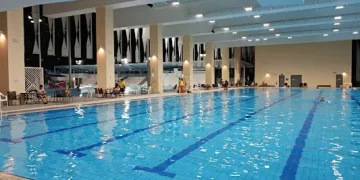What is Gamification?
Gamification means using game-like features in non-game settings to make activities more engaging and fun. In education, this means teachers use elements like points, badges, and leaderboards to make learning more exciting and interactive. The idea is to motivate students by making their learning experience similar to playing a game.
Why Use Gamification in Education?
Gamification makes learning more interactive and can help keep students interested. Often, students may feel bored or disconnected with traditional teaching methods. By incorporating game elements, lessons become more engaging. This method can help students of all ages feel more motivated and enjoy their education.
For example, when students earn badges for completing assignments or advancing to a new level after mastering a topic, they see clear signs of their progress. This can make them feel more accomplished and encourage them to keep learning.
How Does Gamification Help Students?
- Increases Engagement: By turning learning activities into challenges to overcome or levels to pass, students may find themselves more involved and attentive during lessons.
- Boosts Motivation: Rewards like points or badges give students something to aim for, keeping them motivated to continue learning.
- Encourages Learning at One’s Own Pace: Gamification allows students to progress at different speeds, which can be very beneficial for those who need a bit more time to understand new concepts.
- Enhances Memory: Games often require remembering rules or specific details, which can help improve a student’s memory and retention of the material.
Examples of Gamification in Action
Several educational platforms have successfully incorporated gamification. Here are a few examples:
- Kahoot!: This platform lets teachers create quiz games for students. These quizzes can make learning new topics exciting and competitive.
- Duolingo: Known for language learning, Duolingo uses levels, points, and daily streaks to encourage users to keep practicing their language skills regularly.
- Prodigy: A math learning platform that uses a fantasy game world where students practice math to cast spells and progress through the game.
Each of these tools shows how gamification can transform traditional learning methods into dynamic and engaging experiences.
Implementing Gamification in Your Classroom
If you’re a teacher wanting to try gamification, start small. You can begin by introducing a points system for homework assignments or having a leaderboard that tracks quiz scores. Tools like ClassDojo can help in managing these elements by providing a simple platform to track and display points and achievements.
Remember, the key is not just to add game elements but to make the learning process itself engaging and beneficial for students. Always adapt your gamification strategies to fit your educational goals and the needs of your students.
Conclusion
Gamification in education is a powerful tool to enhance learning and make it more engaging. By using game-like elements, teachers can offer students a more interactive and enjoyable learning experience. Whether it’s through high-tech platforms or simple classroom strategies, gamification can play a crucial role in modern education, making learning fun and effective for everyone.






